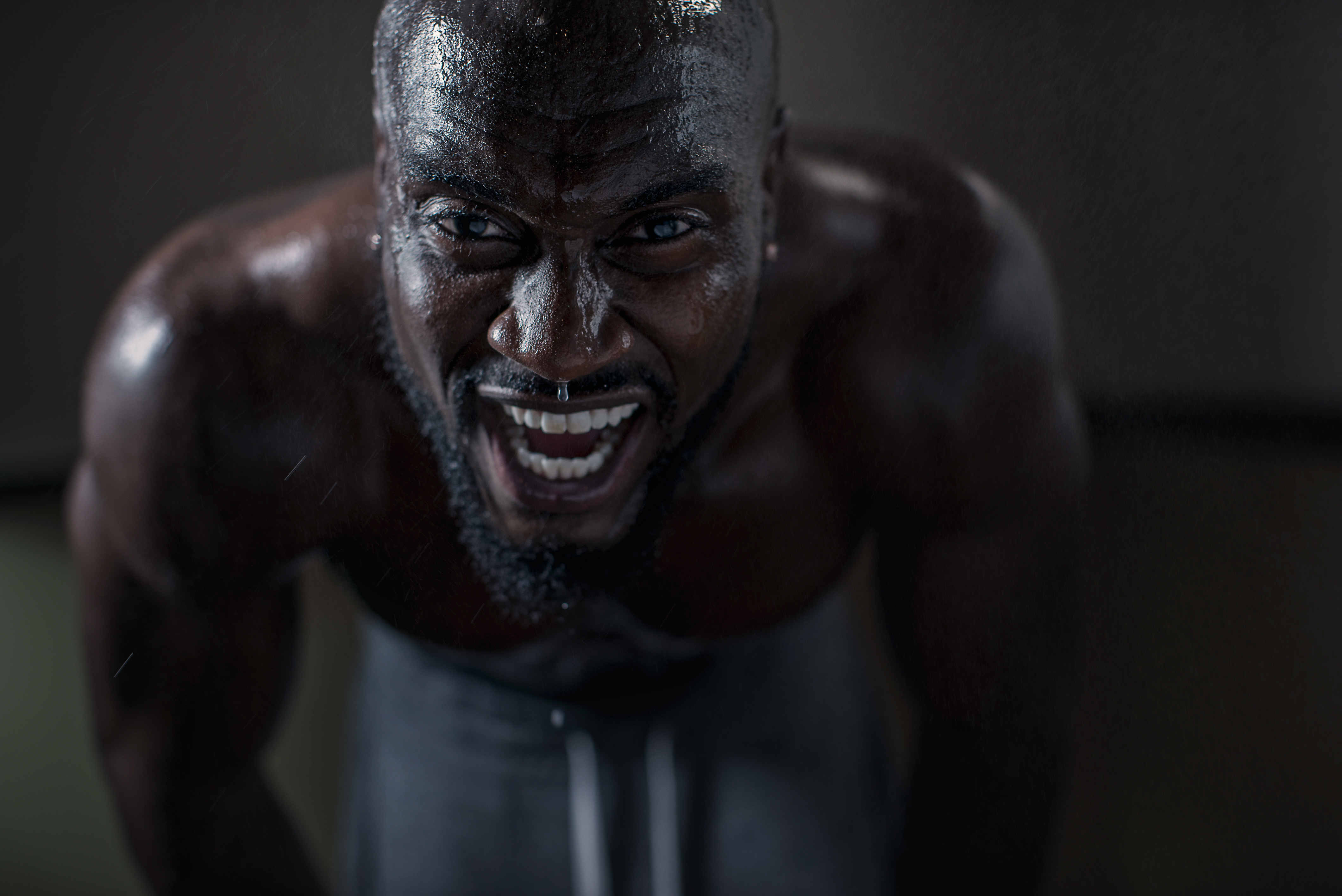Exploring the Potential: The Science of Hot and Cold Showers for athletes
- Solomon Black

- Aug 14, 2023
- 2 min read

As intense athletes push their limits, recovery becomes paramount to maintaining peak performance. One intriguing method gaining attention is contrast water therapy (CWT), a practice involving alternating between hot and cold showers or immersions. In this article, we'll explore the science behind CWT and its potential benefits.
The Basics of Contrast Water Therapy: Contrast water therapy involves alternating between hot and cold water immersion. This practice is believed to facilitate recovery by exploiting the body's response to temperature changes. The alternating exposure to hot and cold temperatures is thought to improve circulation, reduce muscle soreness, and aid in flushing out metabolic waste.
The Science Behind It:
Improved Circulation: Hot water exposure causes blood vessels to dilate, increasing blood flow to the muscles. Cold water exposure, on the other hand, constricts blood vessels. Alternating between these extremes is believed to create a "pumping" effect, potentially enhancing circulation and oxygen delivery to muscles.
Reduced Muscle Soreness: Intense workouts can lead to muscle microtrauma, resulting in soreness. Cold water immersion may help reduce inflammation and numb pain receptors, providing relief to sore muscles. Alternating between hot and cold may also aid in removing waste products, further contributing to reduced soreness.
Enhanced Recovery: The rapid changes in temperature are believed to stimulate the autonomic nervous system, triggering a response that promotes recovery. This process might help remove metabolic waste, reduce muscle tension, and expedite the healing process.
Psychological Benefits: Cold exposure has been associated with increased alertness and mood improvement. For athletes juggling intense training schedules, this aspect of contrast therapy could provide a mental boost.

Implementing CWT for Athletes
While the potential benefits of CWT are intriguing, it's important to approach this practice with caution and tailor it to individual preferences and needs. Here's a suggested approach for integrating contrast showers into your routine:
Post-Workout Recovery: Consider incorporating contrast showers immediately after your training sessions. Start with 3-5 cycles of alternating between hot and cold water for 30 seconds each.
Gradual Temperature Change: Begin with warm water, gradually transitioning to hot before switching to cold water. This gradual shift can help your body adapt to the temperature changes.
Personalization: Experiment with the duration of each temperature phase and the number of cycles to find what works best for you. Listen to your body's signals and adjust accordingly.
Hydration and Nutrition: Remember that proper recovery extends beyond contrast therapy. Stay hydrated, consume nutrient-rich foods, and get adequate rest to support overall recovery.
While the research on contrast water therapy's impact on athlete performance is still evolving, many CrossFit and Jiu Jitsu athletes have reported positive results. Incorporating contrast showers into your recovery routine might aid in reducing muscle soreness, enhancing circulation, and providing a mental boost. As with any recovery strategy, individual preferences and responses vary, so it's essential to pay attention to your body and consult with healthcare professionals if needed. Stay curious, stay dedicated, and explore the potential benefits of contrast water therapy as part of your journey to peak performance.



